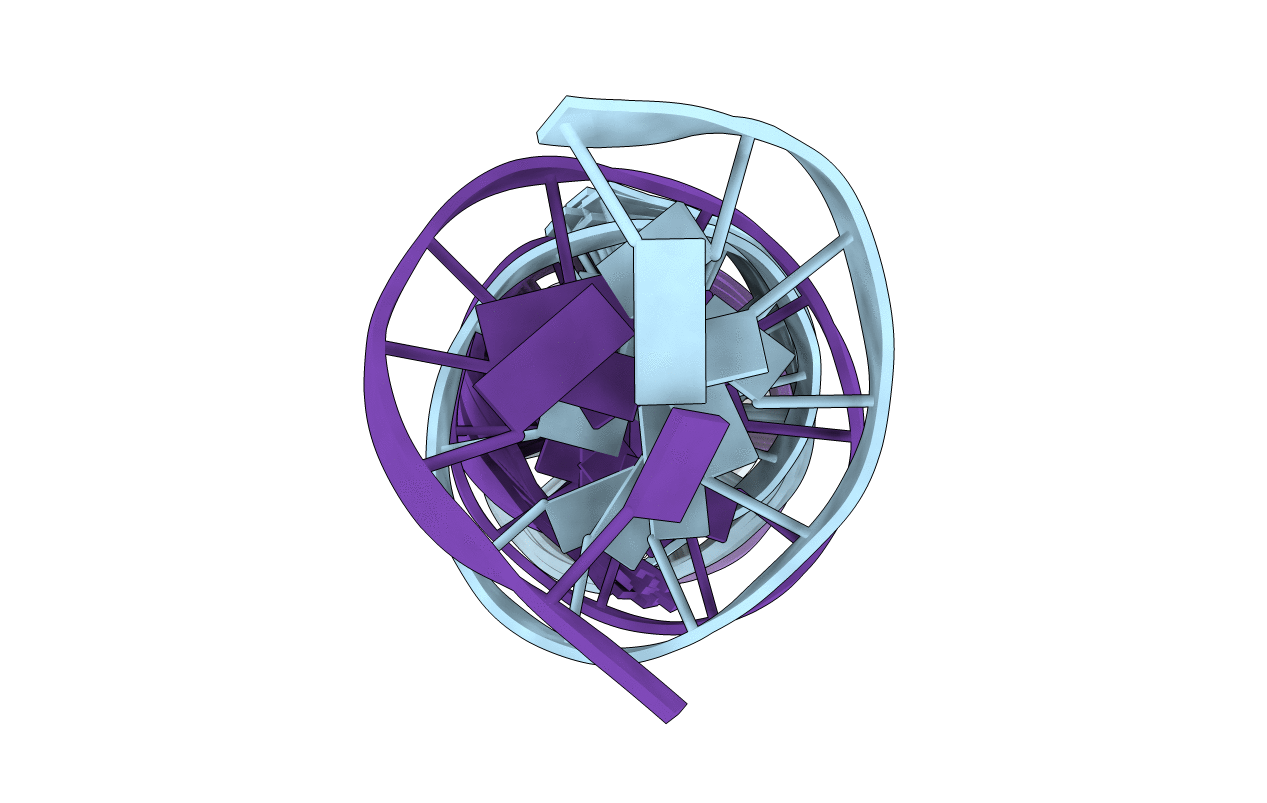
Deposition Date
2004-03-23
Release Date
2004-12-07
Last Version Date
2024-05-22
Entry Detail
PDB ID:
1SS7
Keywords:
Title:
Compensating bends in a 16 base-pair DNA oligomer containing a T3A3 segment
Biological Source:
Source Organism:
Method Details:
Experimental Method:
Conformers Calculated:
45
Conformers Submitted:
15
Selection Criteria:
structures with the lowest energy


